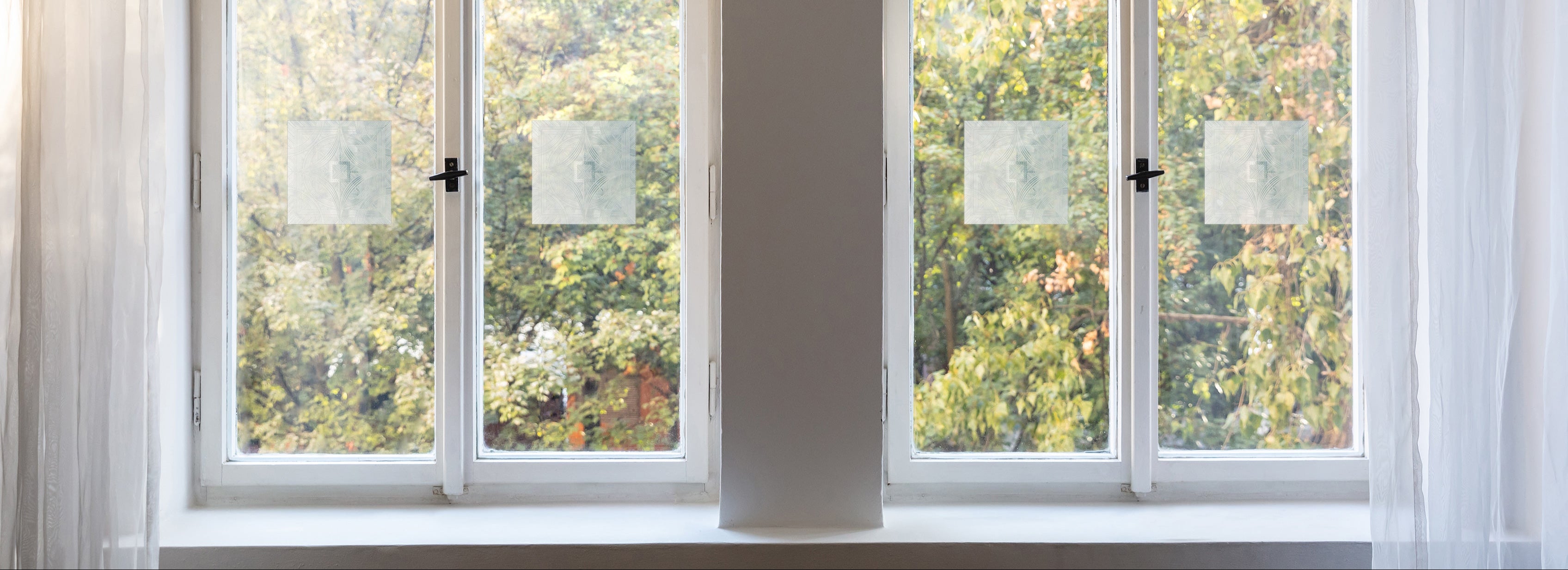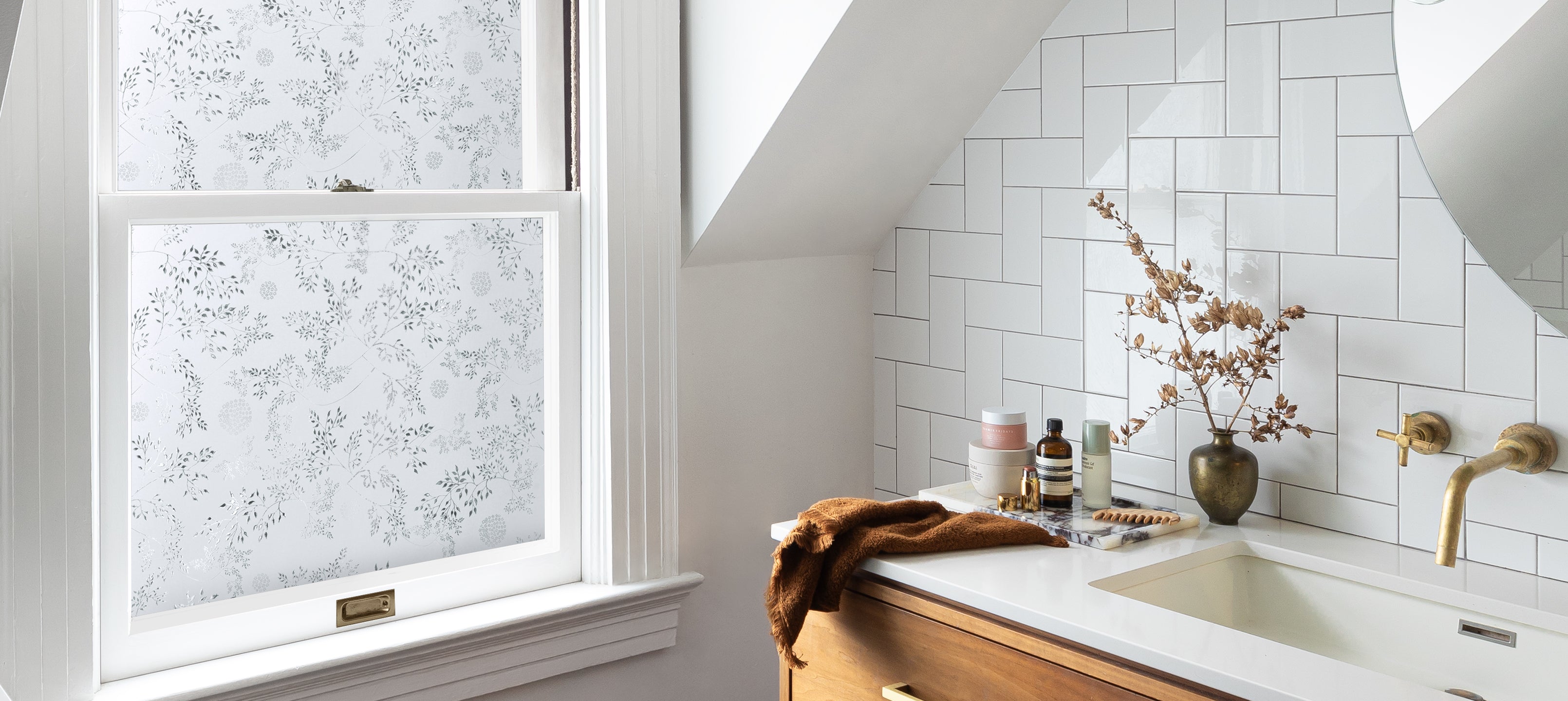Bird-window collisions (BWCs) are the largest human-caused factor in bird mortality.
It is estimated that in the United States alone that nearly a billion birds are killed annually from BWCs. A leading theory attributes BWCs to reflection of habitat in windows (e.g. a bird will mistake the reflection of a tree for the actual tree). Artscape has developed a new product to reduce the impact of window-collisions on bird populations. The solution is a product that emits light where bird vision is sensitive but human vision is not. This allows birds to differentiate reflections in windows from actual habitat while remaining aesthetically pleasing to people.
SOURCES OF BIRD MORTALITIES IN THE U.S.
Laboratory Testing
Bird’s Eye View absorbs light peaking at 410 nanometers (nm) and reemits the light peaking at 450 nm. Bird vision extends well into the ultraviolet range and is near maximum sensitivity at 450 nm whereas; human vision is only about 7% of maximum sensitivity at 450 nm. To birds, Bird’s Eye View film presents a bright blue glow spreading out in all directions across the window surface disrupting the reflection of habitat but to humans, it appears as a faint white geometric design.
Figure 1. Spectroscopic data showing the range of light absorbed (excitation) and the light emitted (emission) by the Bird’s Eye View film. The green curve shows the approximate spectral response of the human eye.
Figure 2.The spectrum that results from 410 nm light striking glass with Bird’s Eye View film affixed to the back surface. The peak at 410 nm is the result of incident light reflecting off the surface of the glass and the peak at 450 nm is the result of light being emitted by the Bird’s Eye View film.
Credit: Steven G. Mayer, Ph.D., Professor, Department of Chemistry, University of Portland, June 2015
U.S. Patent #’s 7,468,203 B2 / 8,007,896 / Other U.S. & Foreign Patents Pending
RESEARCH
Studying Various Spacial Patterns of Bird’s Eye View Window
Film as a Means to Deter or Prevent Bird-Window Collisions
Daniel Klem, Jr., Ph.D., D. Sc.
Acopian Center for Ornithology
Department of Biology
Muhlenberg College
Allentown, PA 18104-5586 USA
ABSTRACT (SUMMARY)
A field experiment replicating reflective windows installed in commercial and residential dwellings is used to evaluate the ability of Bird’s Eye View (BEV) film elements applied in varying numbers (1, 2, 4, and 6) to multi-pane insulated glass to deter bird-window collisions. The number of BEV film elements applied to a window reduced the likelihood of a bird strike (made the window more bird safe) by 32 to 86%. More bird protection occurred with more film elements, four (BEV-4, separated by 21-34 cm or 8-13 in) and six (BEV-6, separated by circa 20 cm or 8 in) films reduced the risk of a strike by 86 and 83%, respectively. Notwithstanding the six film elements (BEV-P6), the greatest risk of a strike (68% compared to the control) occurred at the simulated dark-tinted window. Direct observations of the behavior of focal animals further supported these findings. Experimental results document the uniform application of BEV film separated by 8.3 in (21 cm) in horizontal rows and 13.4 in (34 cm) in vertical columns on the inner surface of windows reduce the risk of a bird strike by 86%. However, of the 71 flight paths documented for individual birds flying from the bird feeders that hit the control and test windows, 40 (56%) left no observable evidence that a strike occurred. Based on the direct observation data, BEV film may have alerted tracked focal animals to the presence of the hazard, resulting in avoidance or collision impacts with reduced force. This interpretation may explain the lower number of fatalities and the relatively large number of impacts leaving no evidence at the site of the strike (56% compared to 25-50% in previous studies).
To view full report click here

